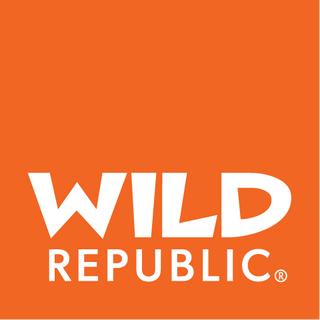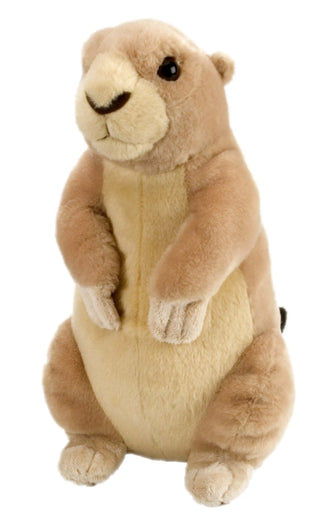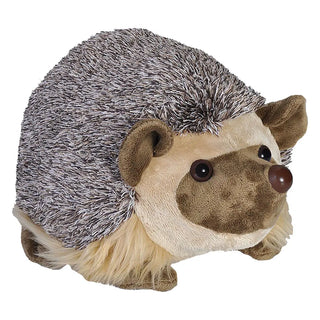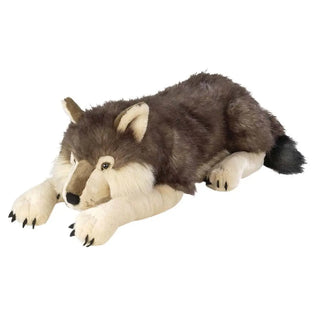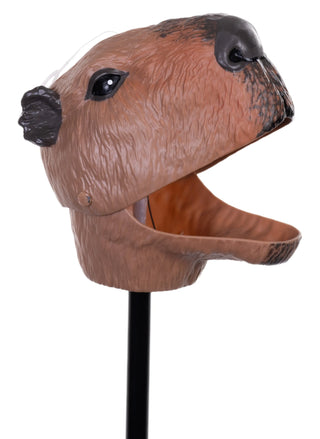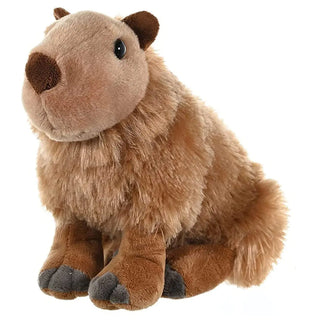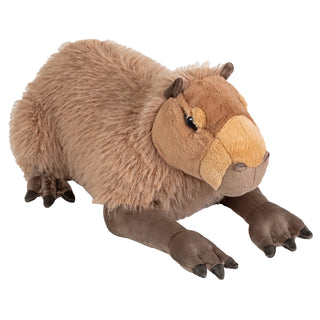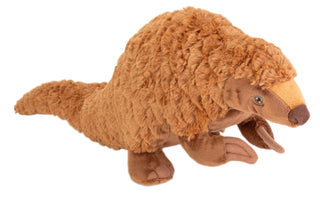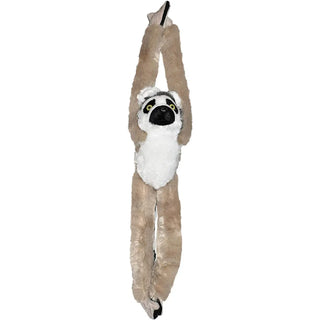Your Search For "prairie dog" Revealed The Following:
Filter
Active Filters
Prairie Dog Stuffed Animal - 12"
$22.99
- Unit price
- / per
INCLUDES:
- Age:0+
- AnimalType:Prairie Dog
- Brand:Cuddlekins
- Gender:Boy
- Gender:Girl
- Prairie Dog
- Size:12"
$22.99
- Unit price
- / per
African Hedgehog Stuffed Animal - 12"
Regular price
$17.60
$21.99
Save 20%
- Unit price
- / per
INCLUDES:
- Age:0+
- AnimalType:Hedgehog
- Brand:Cuddlekins
- Gender:Boy
- Gender:Girl
- Hedgehog
- Size:12"
Regular price
$17.60
$21.99
Save 20%
- Unit price
- / per
Wolf Stuffed Animal - 30"
Regular price
$63.20
$78.99
Save 20%
- Unit price
- / per
INCLUDES:
- Age:0+
- AnimalType:Wolf
- Brand:Cuddlekins
- Gender:Boy
- Gender:Girl
- Size:30"
- Wolf
Regular price
$63.20
$78.99
Save 20%
- Unit price
- / per
Prairie Dog Stuffed Animal - 8"
$12.99
- Unit price
- / per
INCLUDES:
- Age:0+
- AnimalType:Prairie Dog
- Brand:Cuddlekins
- Gender:Boy
- Gender:Girl
- Prairie Dog
- Size:8"
$12.99
- Unit price
- / per
Pincher Capybara - 18"
$8.99
- Unit price
- / per
INCLUDES:
- Age:3+
- Brand:Pincher
- Gender:Boy
- Gender:Girl
- Size:18"
$8.99
- Unit price
- / per
Capybara Stuffed Animal - 12"
$22.99
- Unit price
- / per
INCLUDES:
- Age:0+
- AnimalType:Capybara
- Brand:Cuddlekins
- Capybara
- Gender:Boy
- Gender:Girl
- Size:12"
$22.99
- Unit price
- / per
Cuddlekins Eco Jumbo Capybara Stuffed Animal - 30"
$82.99
- Unit price
- / per
INCLUDES:
- Age:0+
- Brand:Cuddlekins Eco Jumbo
- Gender:Boy
- Gender:Girl
- Size:30"
$82.99
- Unit price
- / per
Cuddlekins Eco Pangolin Stuffed Animal - 12"
$24.99
- Unit price
- / per
INCLUDES:
- Age:0+
- Brand:Cuddlekins Eco
- Gender:Boy
- Gender:Girl
- Size:12"
$24.99
- Unit price
- / per
Hanging Ring Tailed Lemur Stuffed Animal - 20"
$15.99
- Unit price
- / per
INCLUDES:
- Age:0+
- AnimalType:Ring Tailed Lemur
- Brand:Hanging Monkeys
- Gender:Boy
- Gender:Girl
- Ring Tailed Lemur
- Size:20"
$15.99
- Unit price
- / per
You're viewing 1-9 of 9 results
